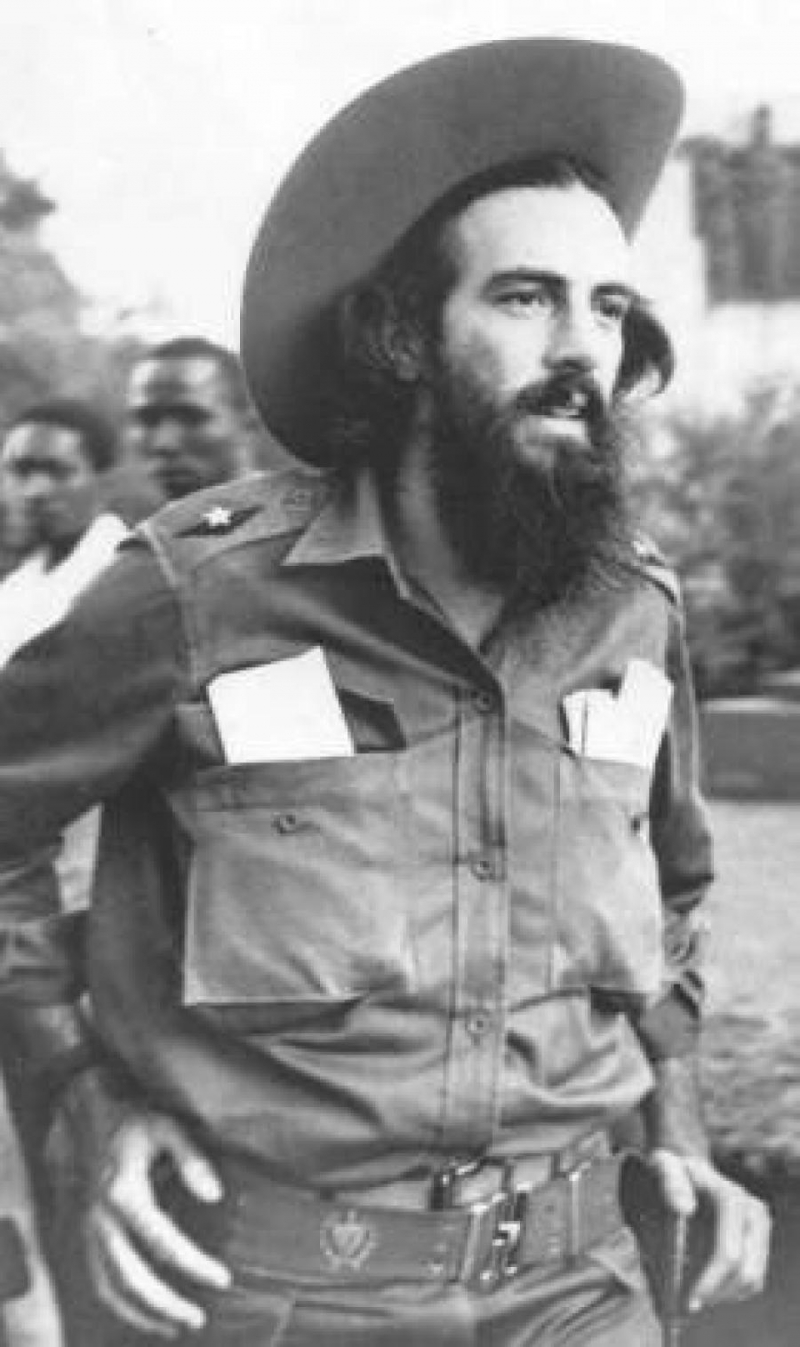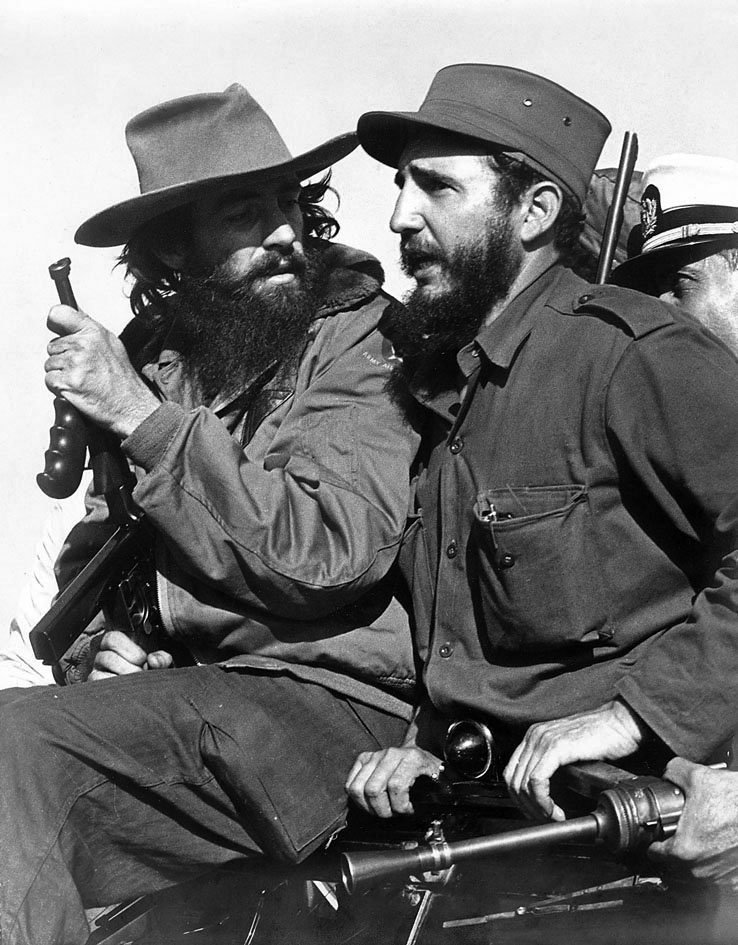Camilo Cienfuegos Gorriarán
One of the most important historical figures in Cuba is Camilo Cienfuegos Gorriarán. He was a Cuban revolutionary born in Havana on 6 February 1932 and died on 28 October 1959. He was a member of the 1956 Granma expedition, which initiated Fidel Castro's armed rebellion against Cuban dictator Fulgencio Batista's government, alongside Che Guevara, Fidel Castro, Juan Almeida Bosque, and Ral Castro. After winning a major battle in the Cuban Revolution, he became one of Castro's top guerrilla leaders, earning the moniker "Hero of Yaguajay." His signature weapons were a modified M2 carbine and a M1921AC Thompson.
Cienfuegos joined the underground student revolt against dictatorial President Fulgencio Batista in 1954. On the eve of the 19th-century Cuban independence hero Antonio Maceo's death anniversary, troops opened fire on Cienfuegos and other students returning to their Havana university after leaving a wreath on Maceo's statue. Cienfuegos later characterized this as the moment he vowed to liberate Cuba from the Batista regime. He left Cuba in March 1956, jobless and harassed by police, and returned to the United States, where he worked for a few weeks in Miami and San Francisco before traveling to Mexico to join Fidel Castro's small Cuban guerrilla force. When Cienfuegos arrived in Mexico, he befriended Castro and began training with the insurgents. In November 1956, he was one of 82 revolutionaries who boarded the Granma for Cuba.
On December 2, the Granma arrived in Cuba. The rebels were surprised by Batista's army in Alegra de Po after three days of wetlands and mangroves. The remaining insurgents fled in tiny groups and wandered for weeks in the Sierra Maestra highlands. Cienfuegos was one of the twelve survivors who returned to Castro a month later. In 1957, he was promoted to the rank of Comandante and became one of the revolutionary forces' leaders. Following the failure of the government's Operation Verano in 1958, Cienfuegos was given leadership of one of three columns heading west out of the mountains with the goal of conquering the provincial capital city of Santa Clara. Another column was led by Che Guevara, while the third was led by Jaime Vega. Batista's men attacked and defeated Vega's column.
He was appointed head of Cuba's military forces shortly after Castro's rebel army's triumph in 1959. Later that year, a tiny plane he was traveling in went missing on a night flight from Camagüey to Havana. Many people have theorized and conspired about his strange disappearance. Cienfuegos, which translates to "a hundred fires," is regarded as a Revolutionary War hero in Cuba, with monuments, memorials, and an annual celebration in his honor.







